Far out in the west of Tibet lies the famous and sacred Mount Kailash, held in reverence by four different religions. While this stunning mountain has never been climbed, it has seen an inordinate number of visitors over the centuries, both pilgrims and tourists alike.
Covering a distance of around 52 kilometers, at elevations that sometimes exceed 5,000m, the 3-day Mount Kailash Trek is one of the most important pilgrimages in Asia and attracts more and more of our tourists every year. And the main concerns for trekkers are often what to eat and drink, and where to stay during the trek. So if you are planning to tackle the arduous Mount Kailash Kora Trek, then read on for some expert advice on food, drink, and accommodation during the trek.
Basic info of Kailash trek route
The Kailash Trek is a 52-kilometer hike around the sacred mountain, starting and finishing at the small village of Darchen, to the south of the mountain. Darchen is where you stay prior to the trek, and this small village has a number of decent guesthouses and small hotels, as well as some good restaurants. However, this is considered luxurious compared to the accommodation during the trek itself.
Day 1: The day starts with a short 7km ride in the eco-bus from Darchen (4,675m) to Sarshung Village, where you will meet the yaks and porter and start the trek. The first-day trek is about 13km and 6 hours, you will walk along Lha-chu Valley and pass by the Tow Legs Pagoda, Prayer Square, Qugu Temple (4,860m), Ma’an Mani Stones, and Matou Mingwang Mani Stones (4,895m) before arriving at your accommodation point Drirapuk Monastery (5,080m). The altitude change is mild and you can find Mani Stones when the western and northwestern face of Mt. Kailash is visible.
Day 2: The second day is the most challenging of the three as you need to cross the Dolma-La Pass at 5,630m. Besides the sharp altitude change, the 10km road around Dolma-La Pass is covered with stones, and you need to be very careful during this arduous trek. Besides the Dolma-La Pass, you will also pass by Tuoji Lake (5,568m), Budong Diding (5,233m) before reaching the accommodation point Dzultripuk Monastery (4,835m). This trek about 18km and takes 7-8 hours.
Day 3: The third day starts with the 7km trek from Dzultripuk Monastery to Zongto. It takes about 2 hours and the path down from Dzultripuk to Zongto is lined with small and large Mani Stones, as well as a couple of larger Mani Walls. From Zongto, you can take the eco-bus back to Darchen, which takes a short time for the remaining 6-7 kilometers. You can take a good rest after arriving at your hotel in Darchen.
>> See the most popular 15-Day Kailash trekking here
What to Drink and Eat
Restaurant status along the 3-day trekking route
For the entire Mount Kailash trek , you will not find a single restaurant, at least not what you might call a restaurant. The monastery guesthouses do have simple eateries, and you can find a couple of teahouses set up in tents around the trek. The teahouses can be found between the Qugu Temple and Drirapuk, and between Drirapuk and Dzultripuk, and are located right where you will normally stop for lunch. The monastery guesthouses also have small eateries, which can be used for breakfast and dinner.
They only sell very basic local foods, so if you are not a fan of Tibetan cuisine, you may want to bring your own dried and packet foods. Generally, the conditions of the meals at the two monasteries is pretty bad, and is not recommended for most tourists. It is much better to bring your own instant food and cook it yourself.
The tented eateries and teahouses normally just offer basic necessities, such as instant noodles, packet soups, etc., as well as hot water for tea and coffee and your own packet foods. These are actually the better options for those trekking the kora route, and can be used for lunch and dinner options.
Problems and tips about drink and food
Drinking water can be an issue with some people, so it is recommended to bring bottled mineral water with you for the entire trek, or buy sealed bottles of mineral water from the various eateries and guesthouses. The monasteries, eateries, and guesthouses all have boiled water, but this can still be a concern for people with weak or delicate stomachs, and can cause mild illnesses for these people. Water boils at a lower temperature at this altitude, and there are some bacteria that may not be killed off properly.
Tourists should refrain from drinking from natural streams, no matter how clear the water looks. They can still contain natural contaminants that can make you ill. If you do not want to bring water with you or buy it along the way, then you can bring a portable water filter or water purification tablets with you, which can purify boiled and spring water. However, be aware that you can still feel a little sick if you have a weak stomach.
One of the concerns on the trek is finding food that you are happy to eat. If you are not eating properly, then you will find the trekking harder and you may even get ill. Bring snacks that you can eat for the trekking days, and packet food you are happy to eat if you are not a fan of local cuisine. And try not to walk too fast on the trek. The hike can be done at a comfortable pace, so there is no need to rush.
For those that are bringing water and food with them, along with a lot of things to carry, you can hire porter or yaks to carry them for you around the kora route. It is often best to arrange your portering in small groups, so that you can make the cost of hiring a yak or horse to carry them a little cheaper.
Where to stay overnight?
Night 1: Drirapuk Monastery Guesthouse
The monastery is an important stop for pilgrims and tourists, and has a small and simple guesthouse for travelers to stay in. The guesthouse is relatively new, and the rooms are clean and comfortable. Rooms range from 3-8 bed dorms, and are located just to the south of the actual monastery, on the opposite side of the valley. The guesthouse is fairly basic, with no showers and no heating, so you need to bring your own sleeping bag.
The monastery guesthouse does not have electricity, so make sure you are fully charged before you leave, with power banks. The food is basic, and not recommended for those with weak constitutions. However, hot water is available so you can make coffee and tea. Toilets are located to the side of the guesthouse, and are typical squat-type. However, there is no bath or shower, and no Wi-Fi, though you may get a phone signal if you are using a local SIM card.
Night 2: Dzultripuk Monastery Guesthouse
The guesthouse at Dzultripuk Monastery is older and more basic, but the rooms are dry and clean. Hot water is available for drinks and instant food, and though the toilets are squat-type and located outside, they are normally clean. Rooms offered are 4-8 bed dorm rooms, so you may be staying with other people in the same room.
The guesthouse does not have electricity, Wi-Fi, and a shower room, so be prepared to rough it somewhat. Boiled water is available for tea and instant foods, though do not drink the water un-boiled. Phone signals are available for some on local networks.
Difficulties and tips about accommodation
The accommodation at all sites around the kora route is basic, and has no heating. Cold is a major problem at this altitude at night, so make sure that you bring a good sleeping bag. Blankets are provided, but the beddings are often not in good condition or can be dirty, used by many others before you. Sheets and blankets are not cleaned or changed daily. We can provide you with a good arctic-rated sleeping bag for rental if you come without one.
The cold weather at the mountain can be chilling, and you will need to bring warm clothing, no matter what time of year you are trekking. In this part of the region, the temperatures barely get much above freezing at night, and are still chilly during the day, Bring layers of clothes to allow control over your body temperature, and bring a jacket to wear when you stop an in the evenings.
Conclusion
While the food and accommodation around the kora trekking route at Mount Kailash may be basic, it is adequate for most people. However, take care with drinking water and some of the food offered, and if you are not sure, bring your own. Accommodation is generally clean, but bring a sleeping bag to sleep in, for warmth and hygiene. And remember, the mountain is located in a very remote region of Tibet, so basic food and accommodation is all you can expect. Be prepared to rough it a little.
.jpg)



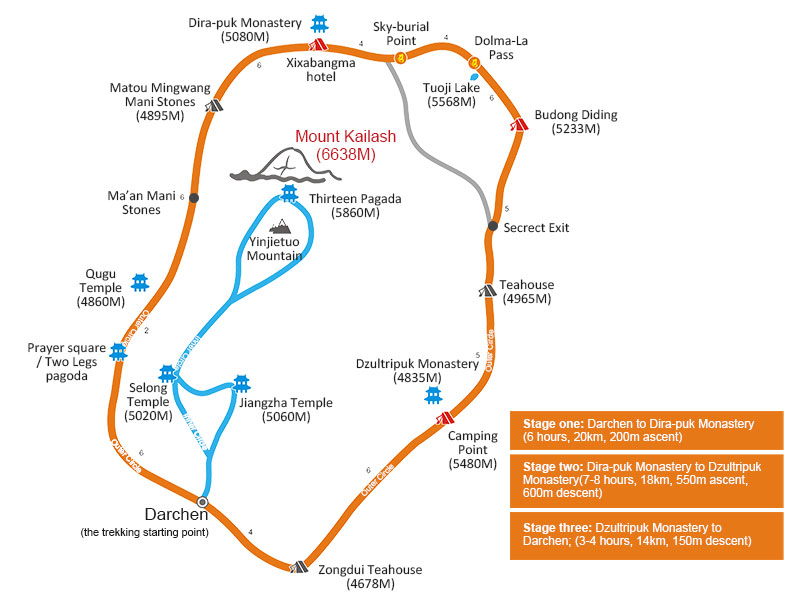
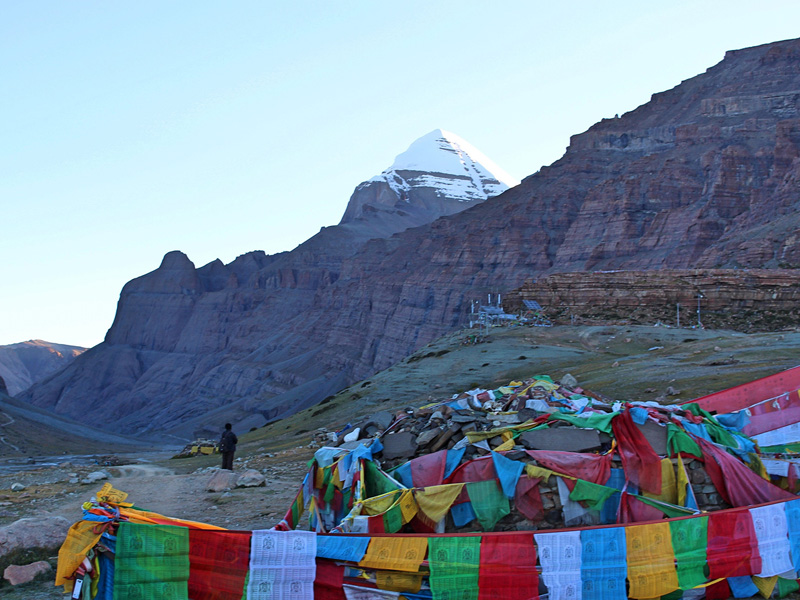
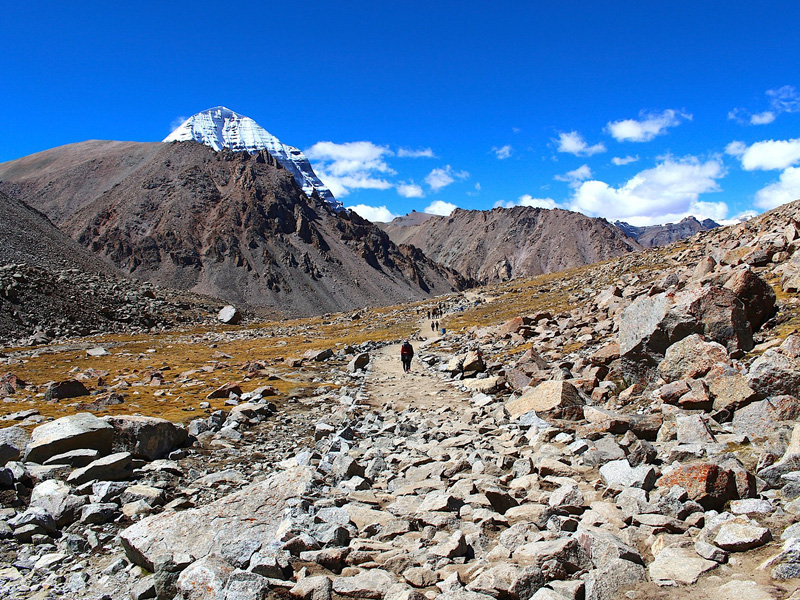
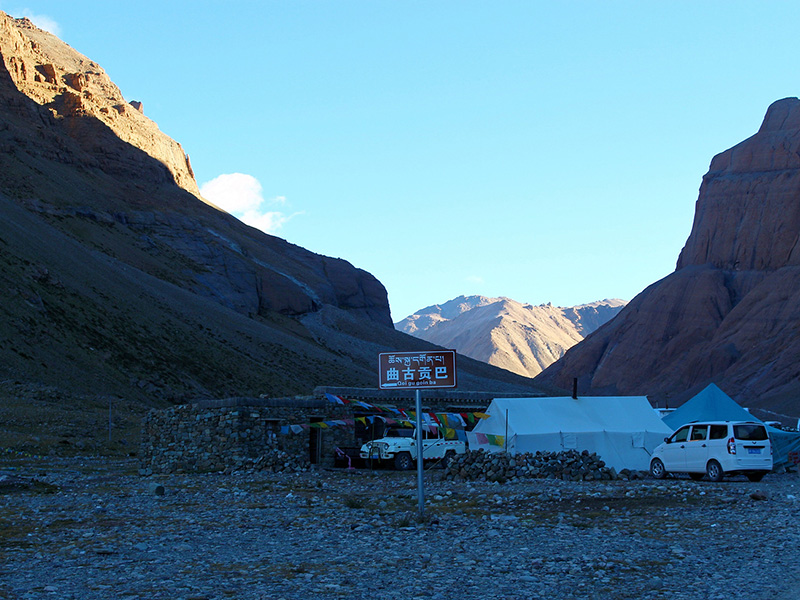
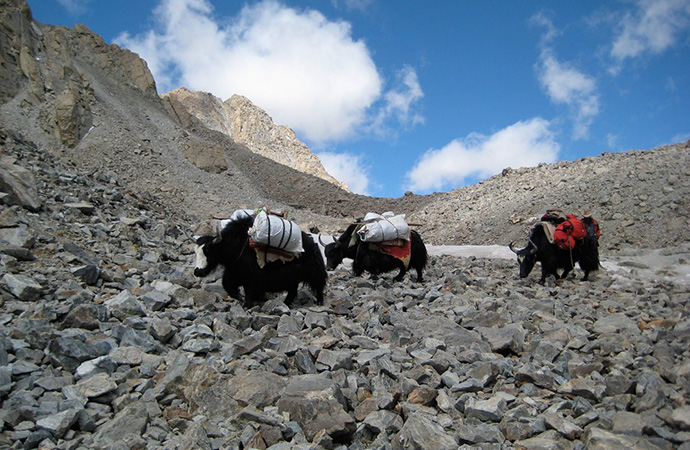
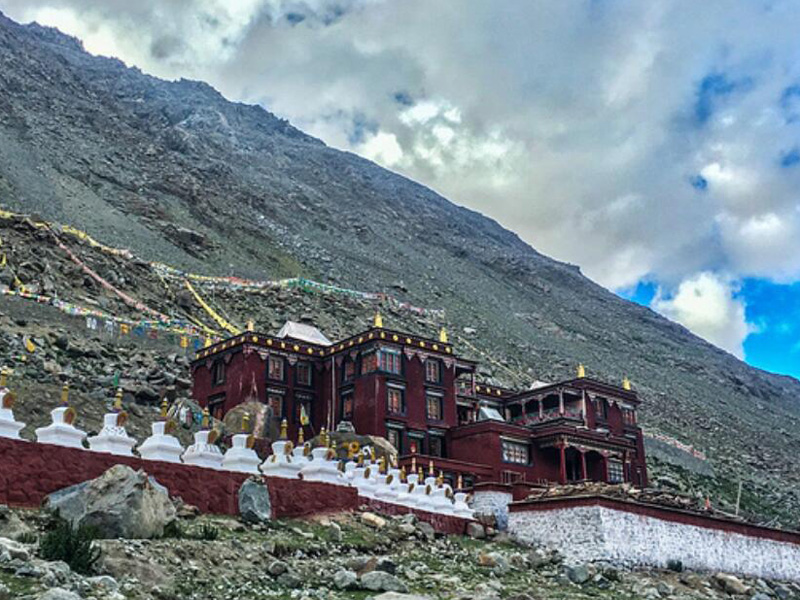
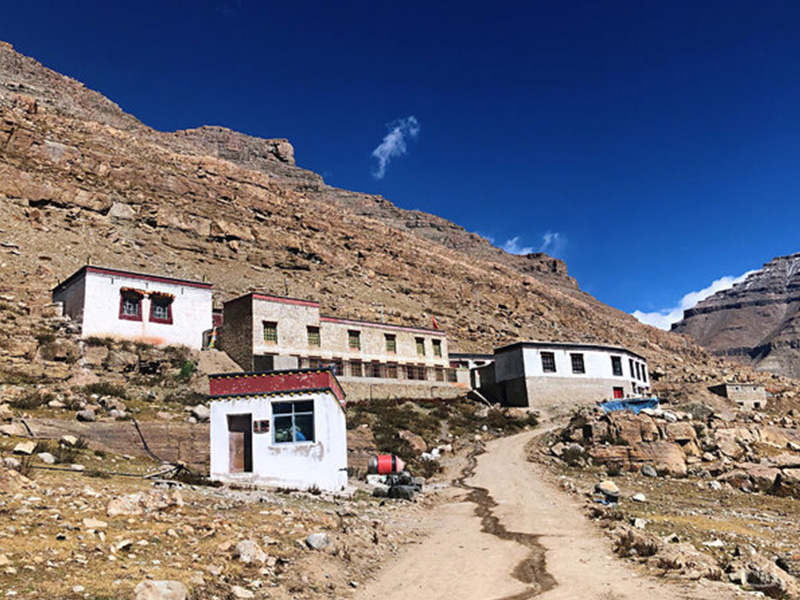


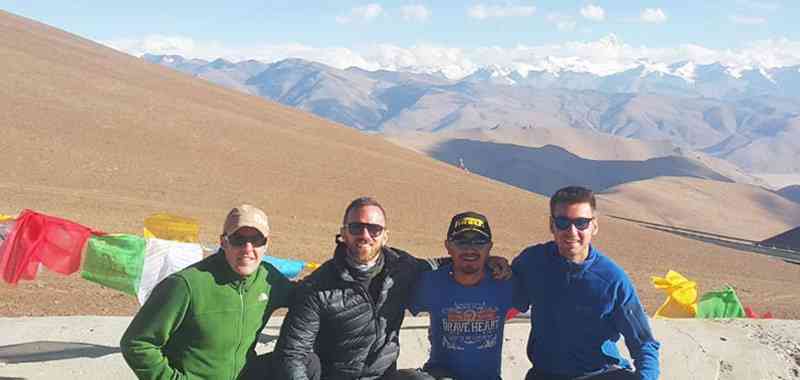






0 Comment ON "During the 3-Day Mount Kailash Trekking: What to Drink, Eat and Where to Stay?"